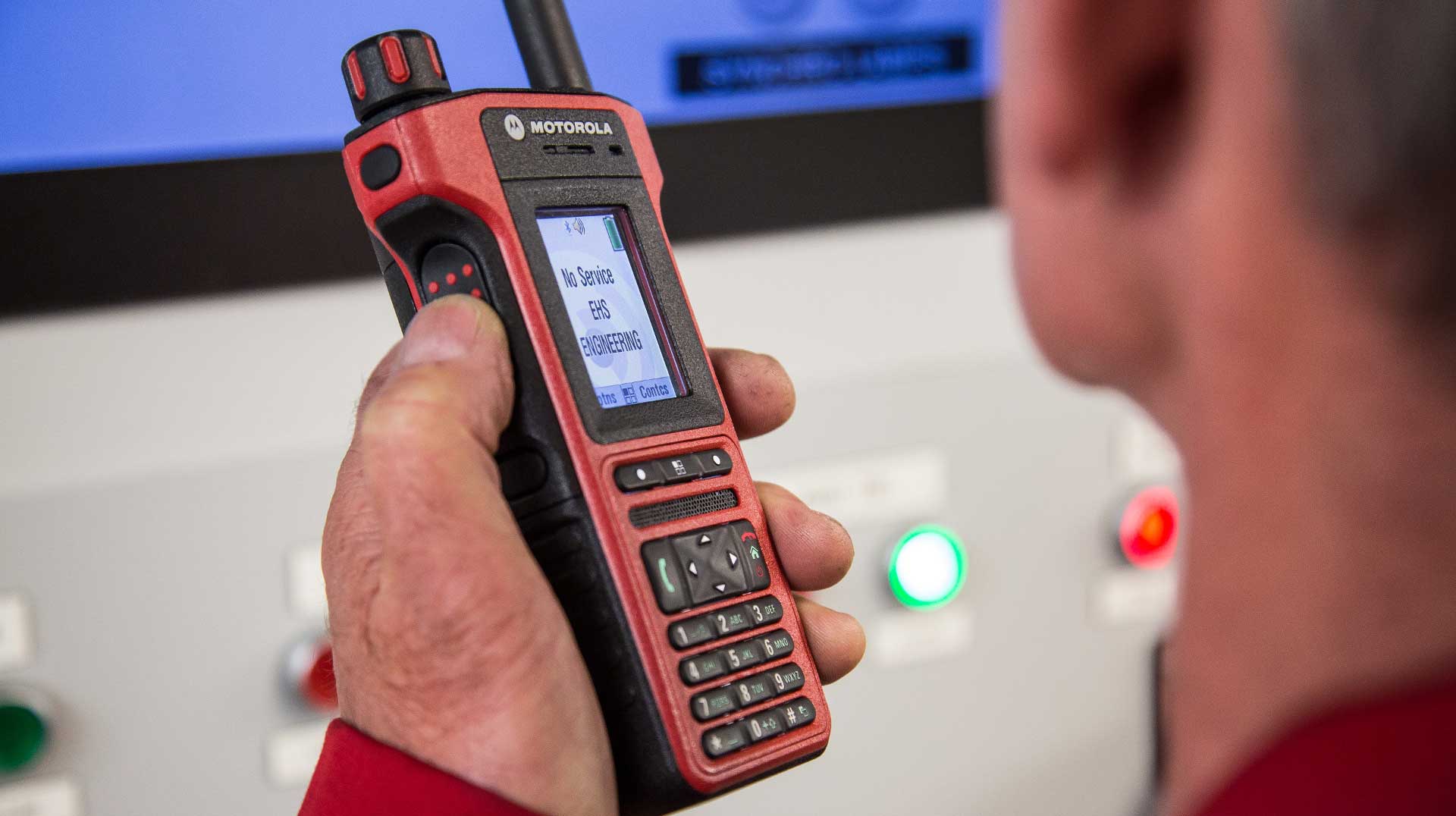 A man breaks into his ex-girlfriend’s home. Terrified, she hides in her bedroom closet. She needs help but, as the man rampages through the house, she knows that if she makes a call to 9-1-1, he may hear her and find her. She needs to stay very still and remain silent. Luckily, she recalled seeing local the news that her county is one of the few that now supports receiving texts to 9-1-1. Silently, she texts her call for help. Within minutes, police arrive and the intruder is caught in action.
A man breaks into his ex-girlfriend’s home. Terrified, she hides in her bedroom closet. She needs help but, as the man rampages through the house, she knows that if she makes a call to 9-1-1, he may hear her and find her. She needs to stay very still and remain silent. Luckily, she recalled seeing local the news that her county is one of the few that now supports receiving texts to 9-1-1. Silently, she texts her call for help. Within minutes, police arrive and the intruder is caught in action.
This is just one of the scenarios in which the ability for citizens to text public-safety personnel could be critical. Others cases include:
· An injured person who cannot speak
· A person who is deaf or hard of hearing, or speech impaired
· Someone in a very noisy environment
· Someone in an area with poor cellular reception
· During a disaster when cellular networks are overwhelmed
There’s still another, cultural impetus for the move to text-to-9-1-1: Texting is becoming the communication channel of choice for many, especially young people. Teens and young adults who are used to texting for almost any task assume that they can also text when they need help.
Ramping up
The next generation 9-1-1, or NG9-1-1, is an IP-based system solution that supports the transmission of digital information from public mobile phones and browsers to the 9-1-1 network and on to emergency responders. The capability has been available since 2014; currently, only around 10 percent of county PSAPs (public safety answering points) are able to receive texts. But many more projects are underway.
In working with our customers that are planning or deploying an NG9-1-1 solution, we’ve identified some consistent challenges. There are key considerations concerning funding; deployment and operations; and PSAP workflow.
As you plan or prepare for deployment of text-to-9-1-1- solutions, here are some of the things you should consider:
Funding: If necessary, what funding may be required for your choice of text solution and how will you secure funding for the solution that you choose? Are there grants available?
Deployment and operations: What are the short- and long-term needs of your PSAP, and what trade-offs will be made based on the text solution you deploy? How important is a fully standardized solution versus a proprietary vendor solution that includes capabilities that were not addressed as part of the SMS standard? What will you to do train users and bring awareness of the capability to your constituents.
Workflow: How does the solution fit within your end-to-end vision and plan for your incident management workflow? Does it provide a complete solution from initiation of the request for assistance through delivery of the necessary incident information to those providing the required response?
Taking the first steps
We recently worked with Waukesha County, Wisconsin, to implement an NG9-1-1 system. The keys to success for this project were:
· Determining a champion for the project
· Identifying the stakeholders
· Defining the overall business process
· Defining and planning operational goals
· Training agents
· Obtaining feedback
· Understanding the data
· Modifying processes as required
The first step in implementing NG9-1-1 and text to 9-1-1 is gathering information. Learn more at 2016 APCO session:
WHAT YOU NEED TO KNOW TO IMPLEMENT TEXT-TO-9-1-1
August 16 | 2:40 PM | Room W202BC
Not attending APCO?
Visit our one stop resource site on how to prepare for Next Generation 9-1-1 (NG9-1-1).




